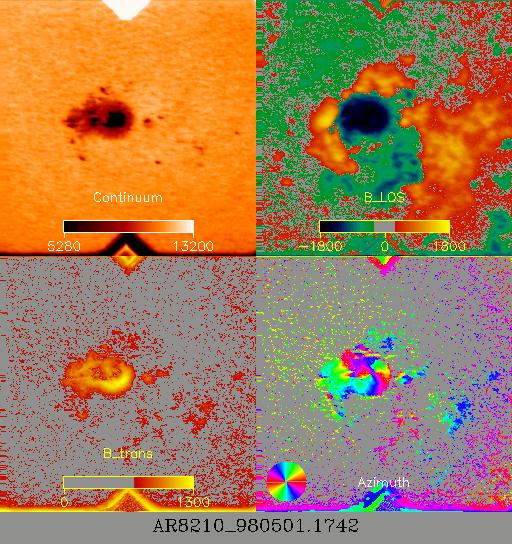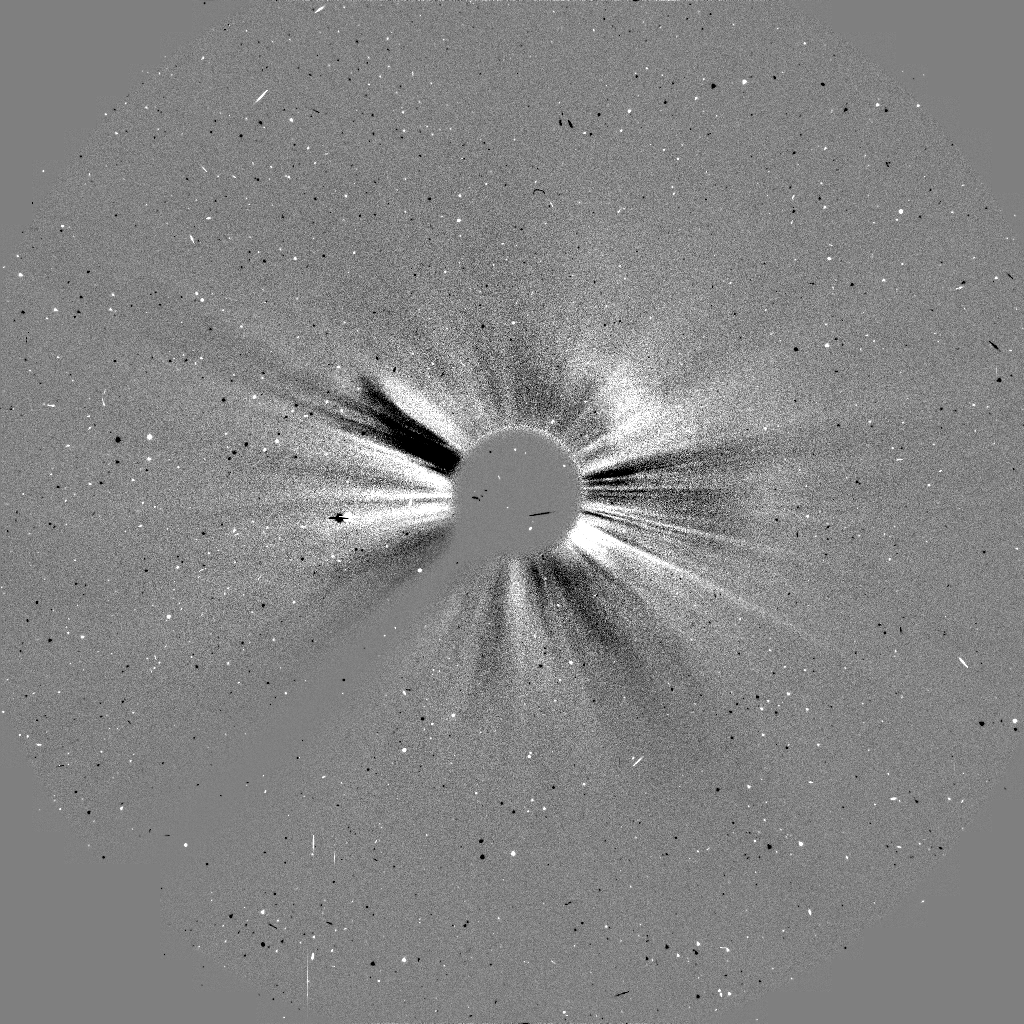

| To achieve the goals of the the MURI project, we have to study CME mechanisms both in the low solar corona and in the interplanetary medium. We have chosen NOAA 8210, observed from April 28 to May 2, 1998 for this combined analysis. Check out Yan Li's web page to see the from the Sun's photosphere to the interplanetary medium. |
This active region was chosen for study because it had many interesting features that were well observed in the photosphere, corona, and interplanetary medium.
MURI-MSU Nugget March 2002
Stéphane Régnier, Richard Canfield, Dana Longcope